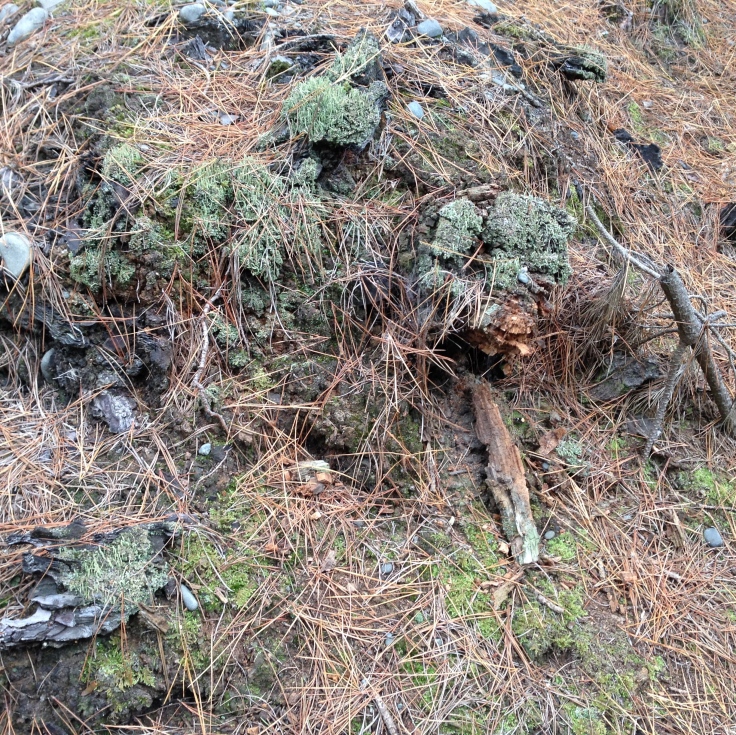This week we explored under the pine trees at McLeans Forest, which is next to the Waimakariri River. The ground was very up and down, and the soil very stony.
At first it looks fairly bare under the trees, but actually there was a lot of life to see.
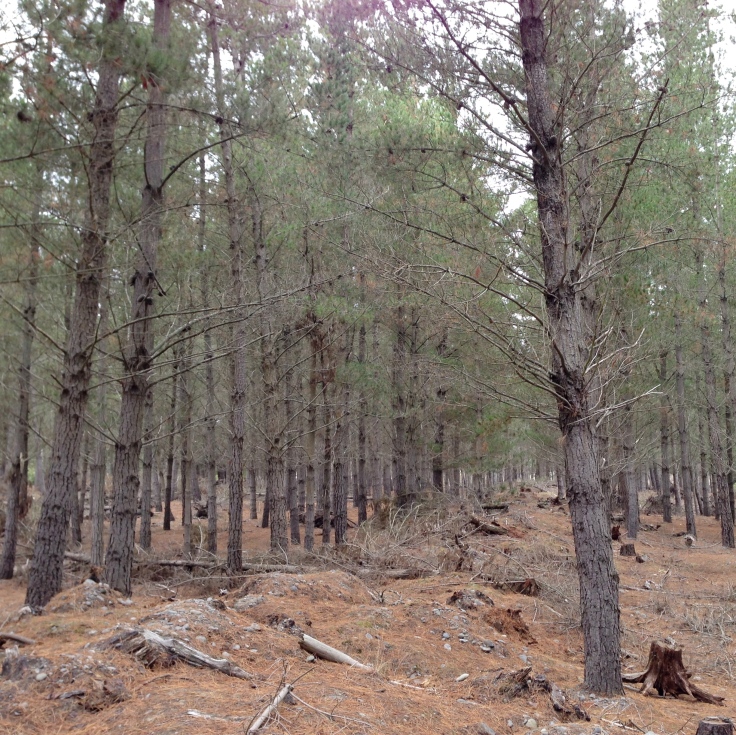

We saw fungi, lichens, slime mold, mosses, liverworts, conifers, flowering plants, springtails, insects, spiders and birds. That means we saw species from four of the taxonomic kingdoms.
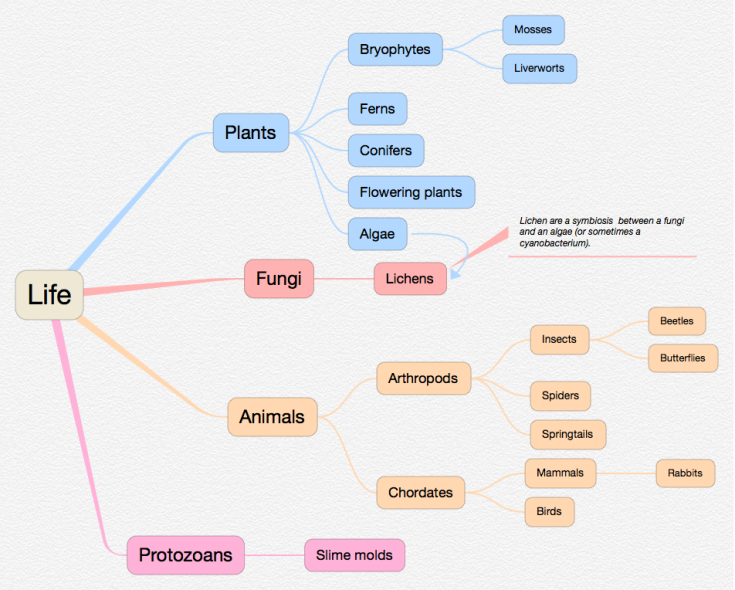
Below is some of what we saw – our thanks to the generous folk at NatureWatch for help with identifications.
Fungi, including Lichens
Fungi

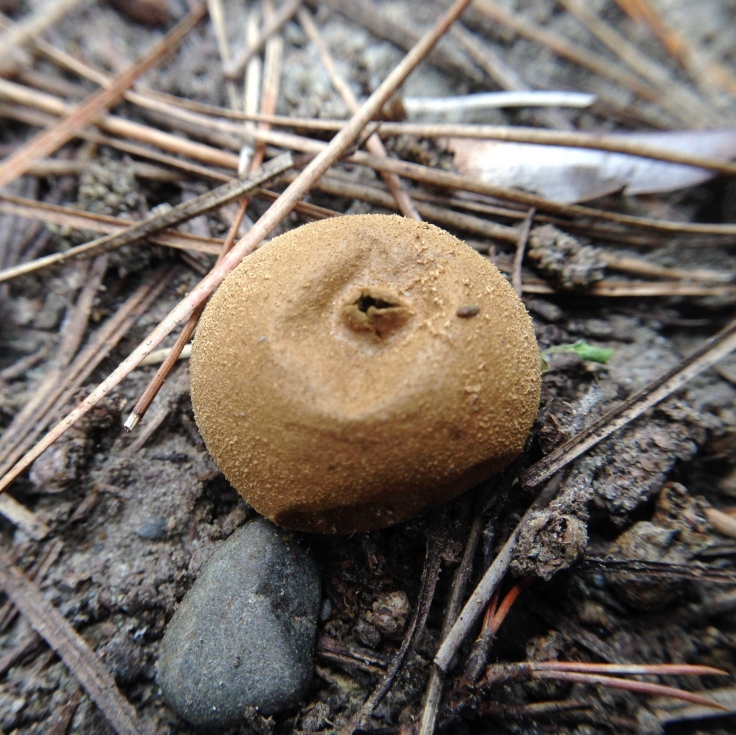
The part of a fungi that is usually noticed is the fruiting body that it makes to reproduce. However the main bulk of a fungus is thread-like structures called hyphae; which form a network known as the mycelium.

Lichens
Lichens are actually two species in partnership: a fungi and an algae (or cyanobacterium). The fungus provides minerals and water to the algae, while the algae photosynthesises and provides sugars and other carbohydrates to the fungus.
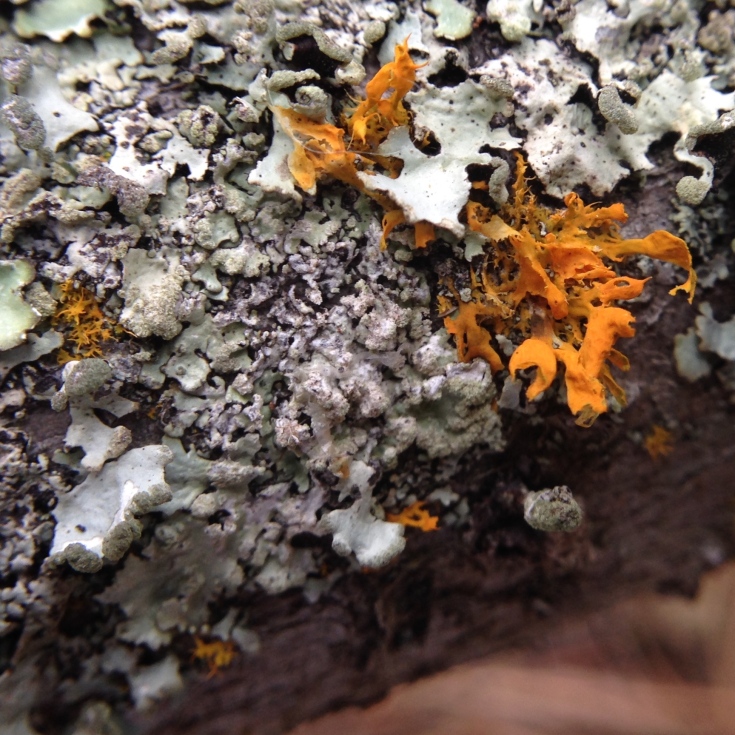

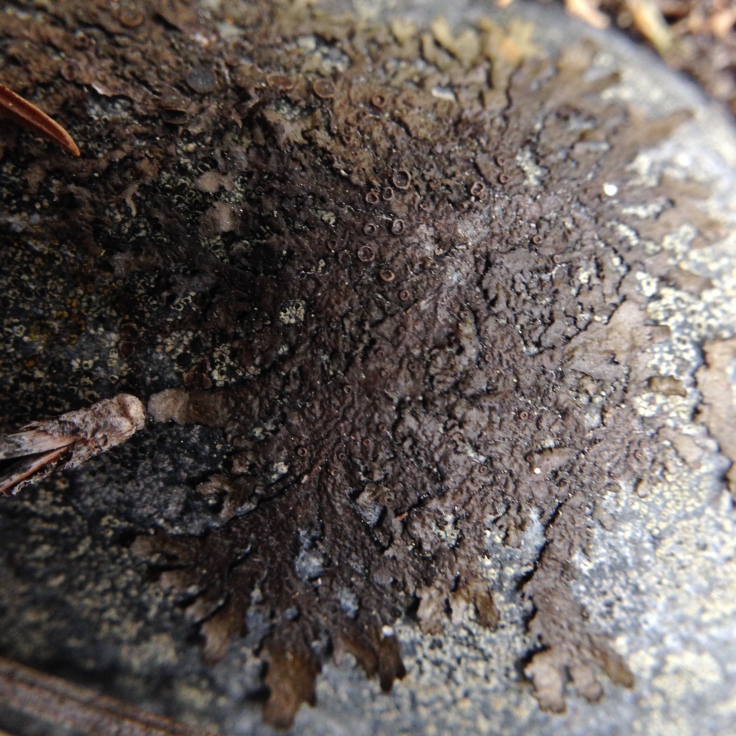

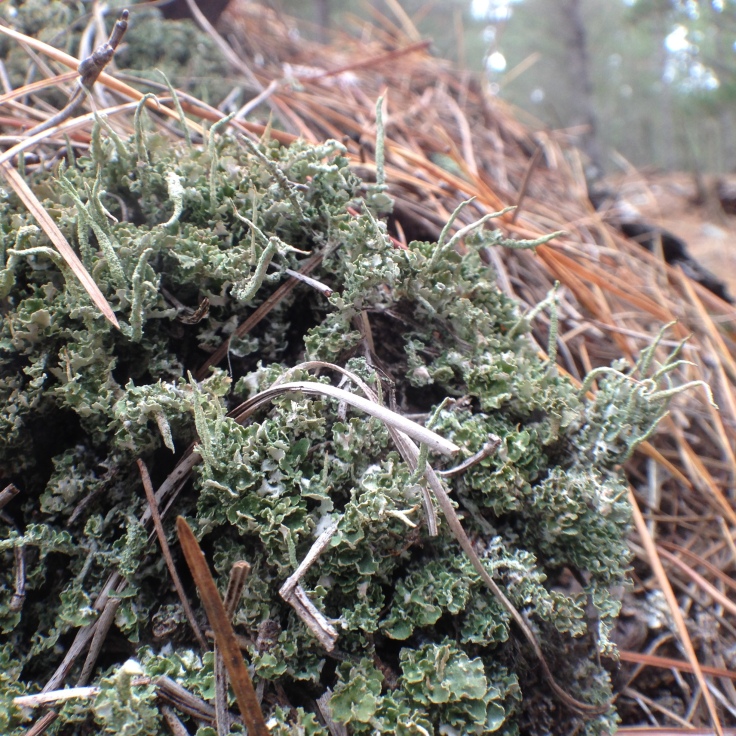

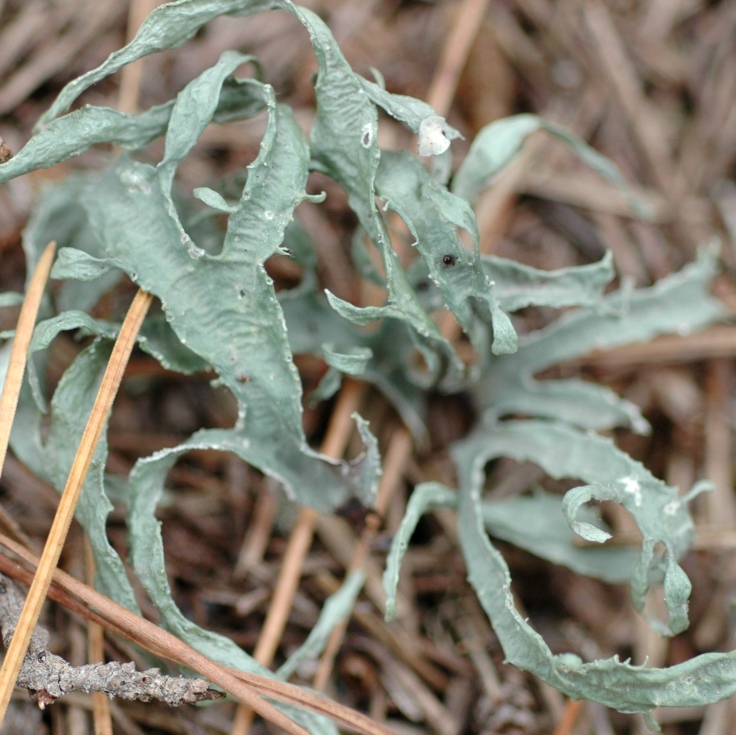
If you are interested in lichens, there is an introductory guide to some of the New Zealand species by Dr Allison Knight here.
Protozoans
Slime Mold
These are a type of protozoan, so they are very different biologically to the other organisms we saw – despite looking quite similar. They mostly live as individual cells, but they can also group together. In the combined state they may move, and/or form a reproductive structure to disperse spores. See here for a time lapse of this occurring.
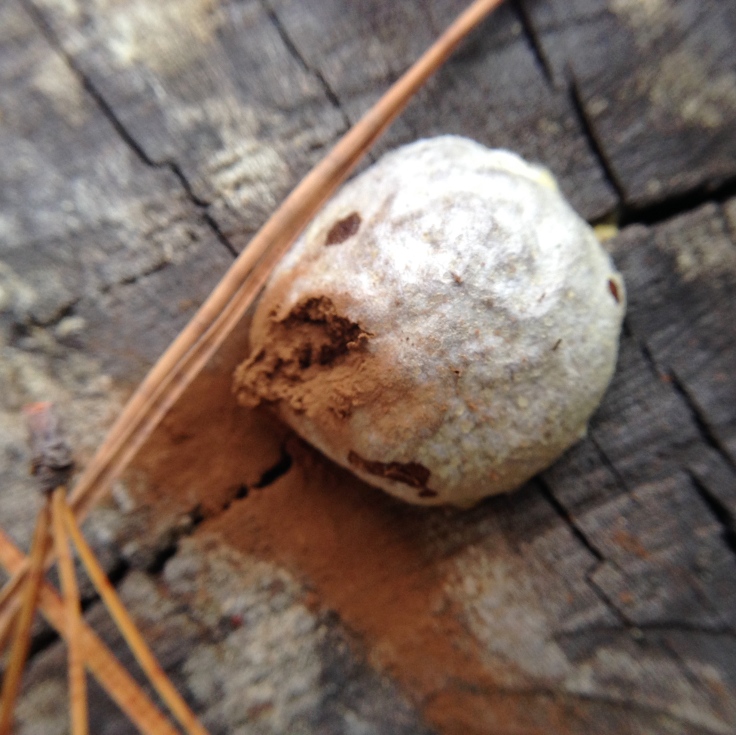
Plants
Mosses

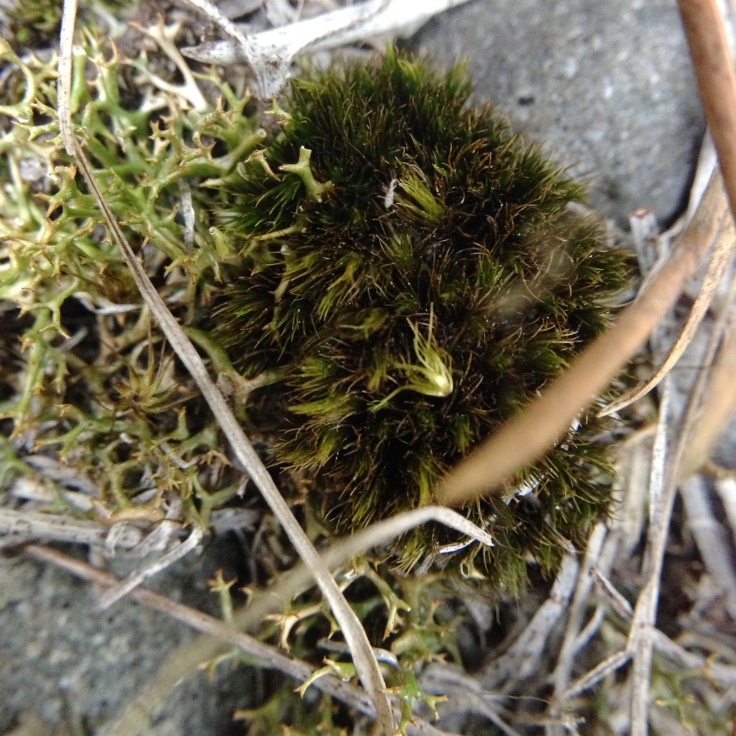
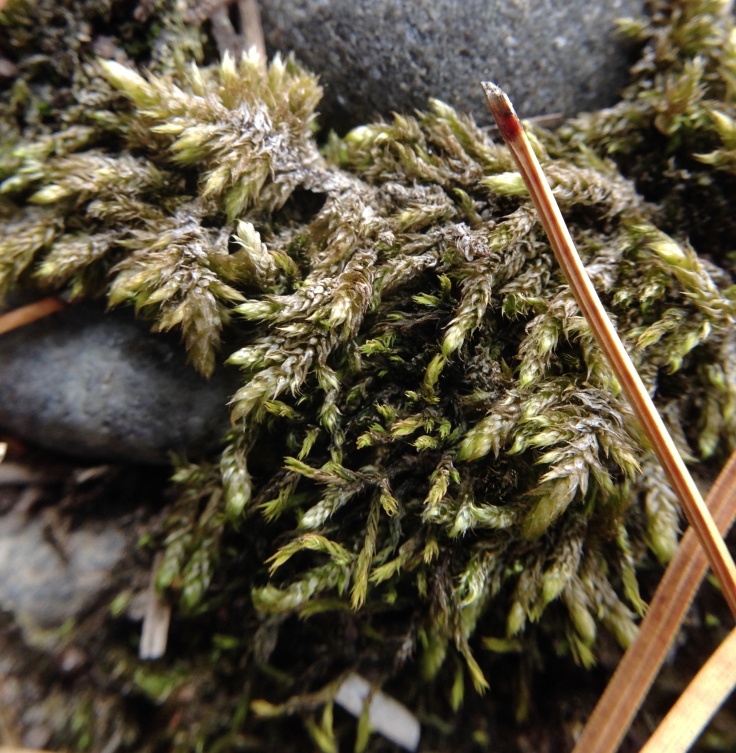
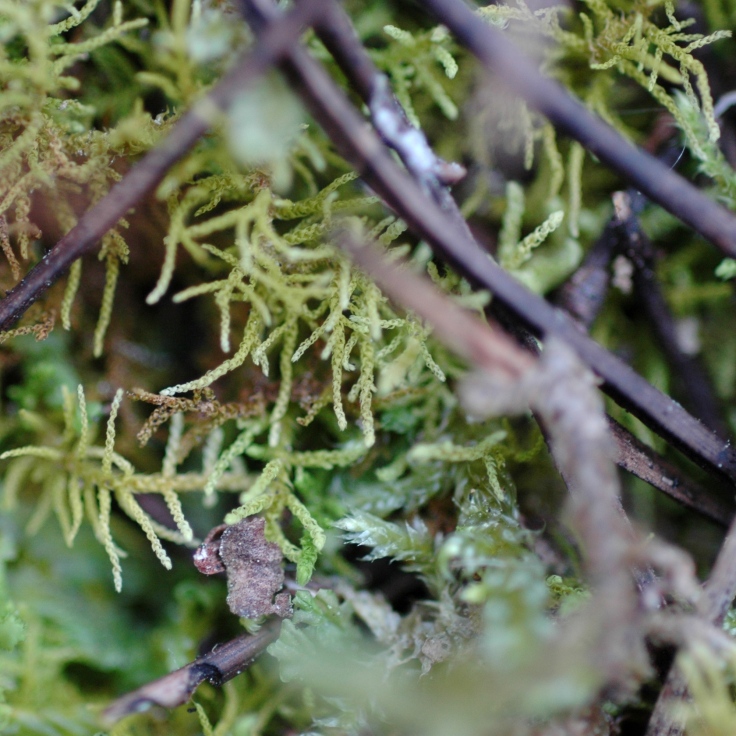
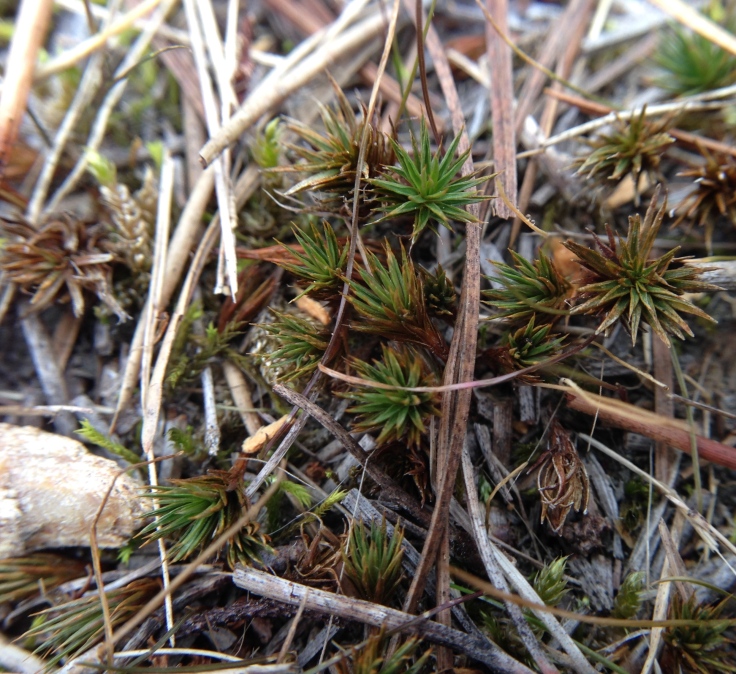
Liverworts
We only saw one liverwort. Clues that this one is not a moss are the rounded (lobed) leaves, and the way the leaves are arranged in rows on either side.

Conifers
The main tree present is Monterey pine.


Flowering Plants
Most of the flowering plants we saw on this occasion were not native to New Zealand, except for a small creeping plant called Muehlenbeckia axillaris.

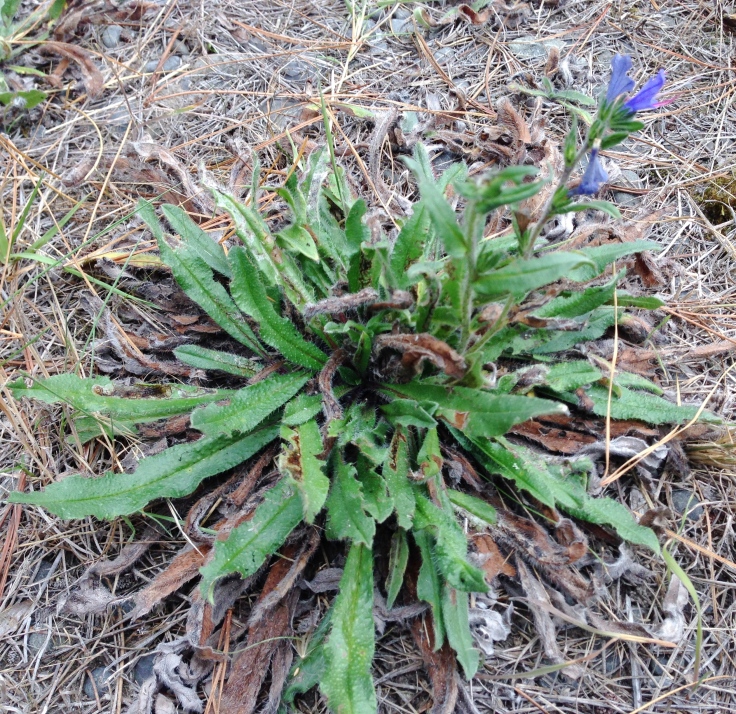
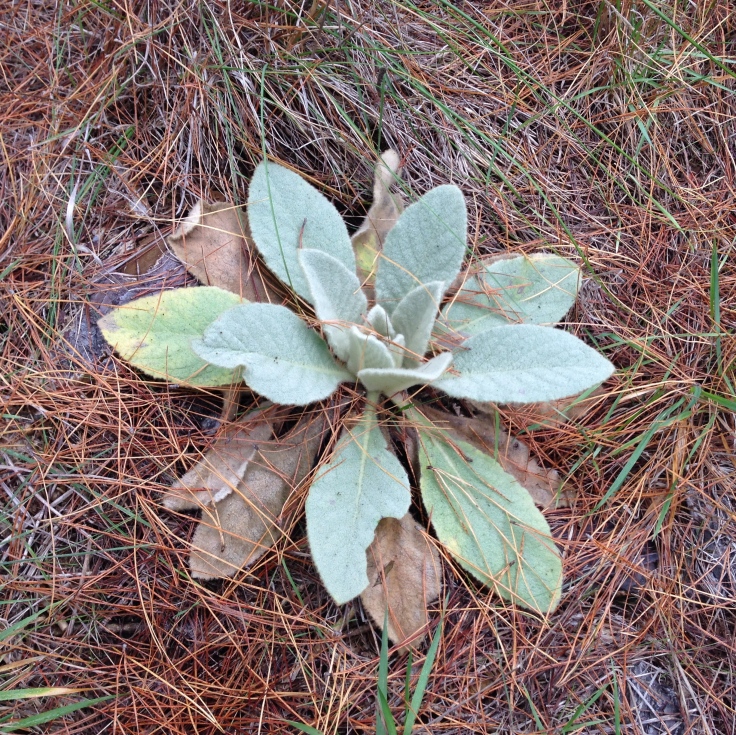

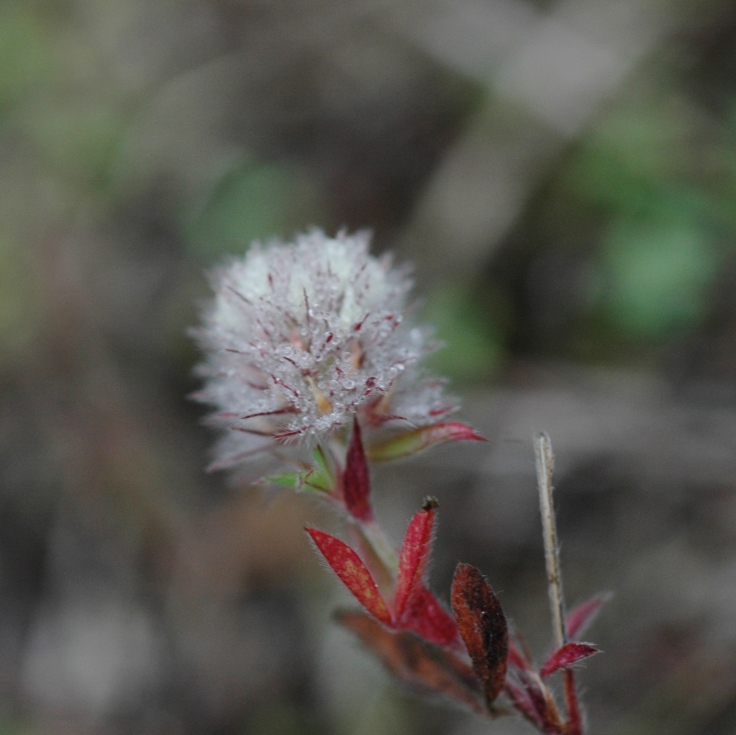
Animals
Springtails
Springtails are one of the most abundant creatures on the planet, but quite small (usually <6mm).

Spiders
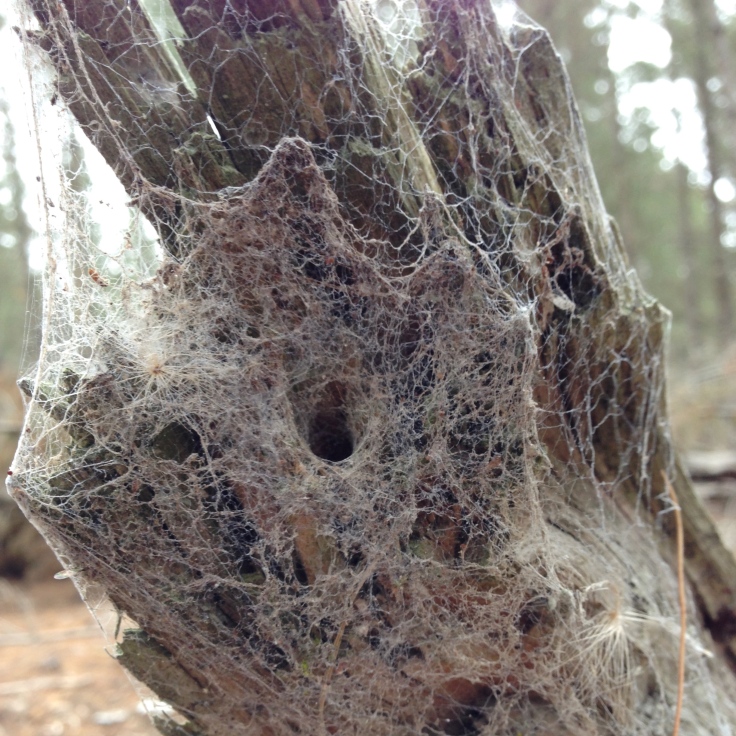
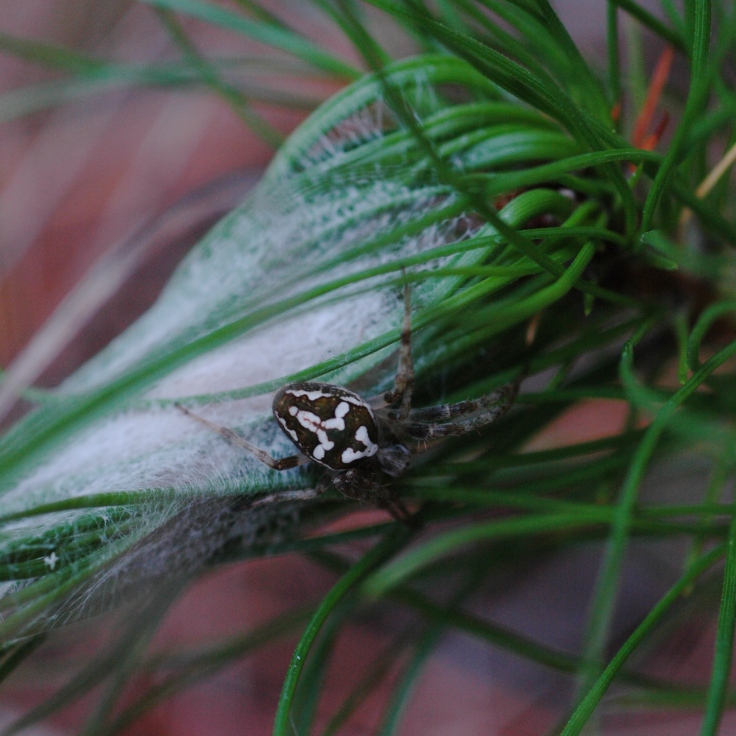
Beetles
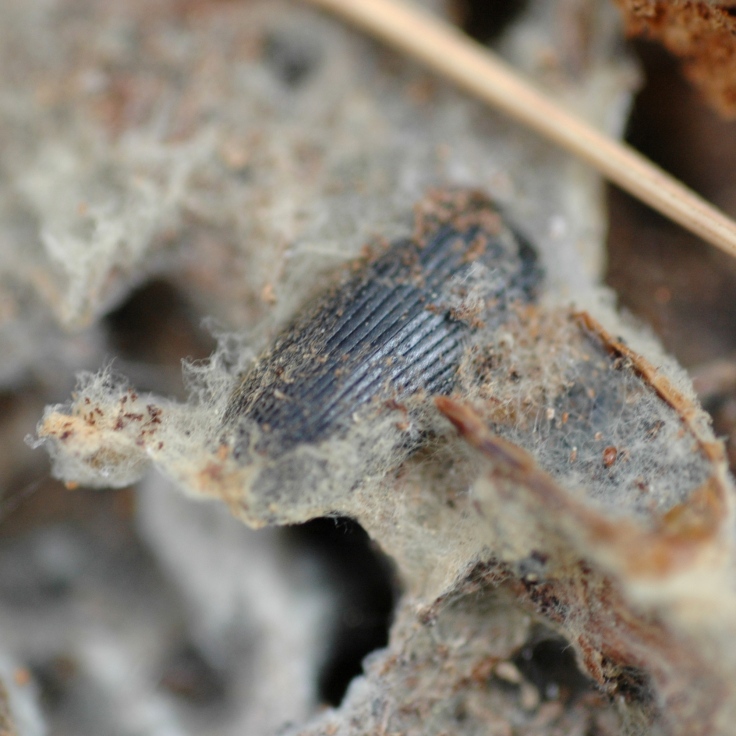
Butterflies
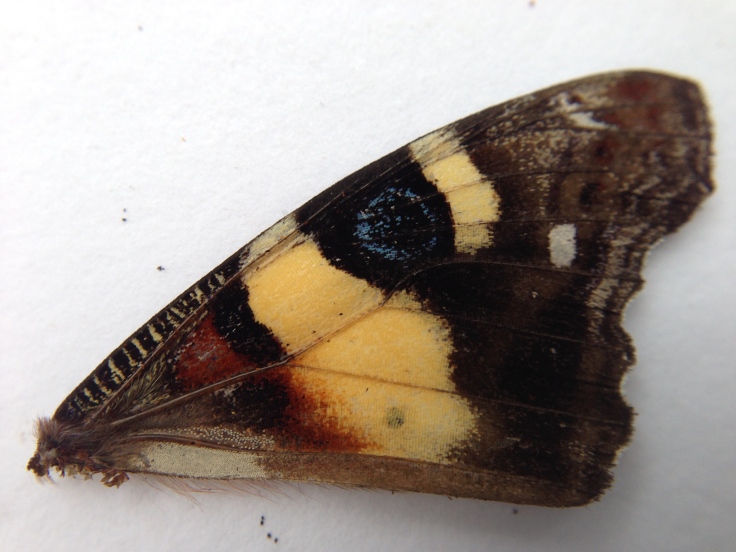
Birds
We also saw a NZ fantail (Rhipidura fuliginosa), but didn’t manage to get a photograph.
Mammals
There were plenty of rabbit droppings, but we didn’t see any actual rabbits.
Conclusion
We’ll be back!

